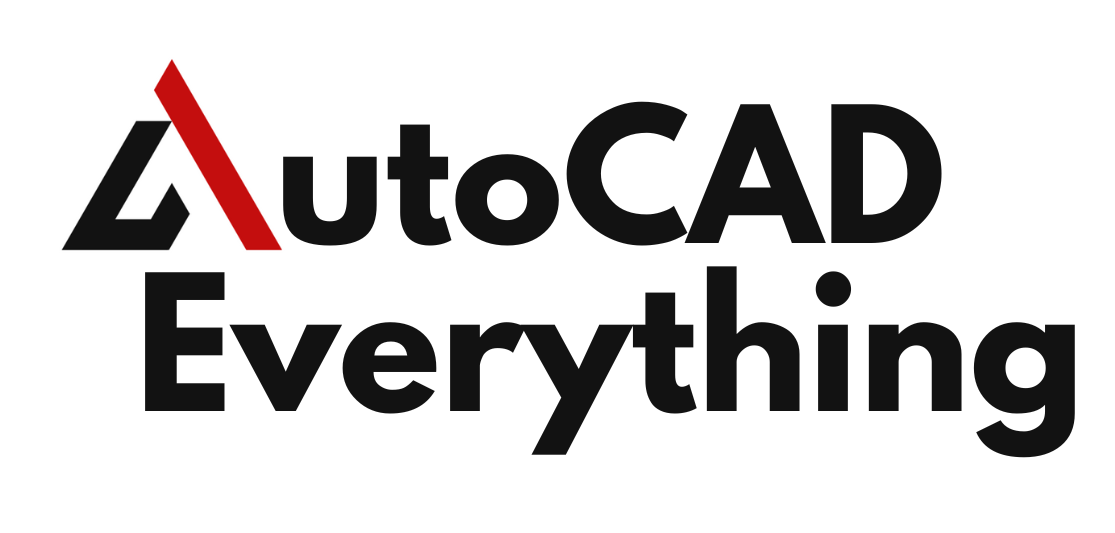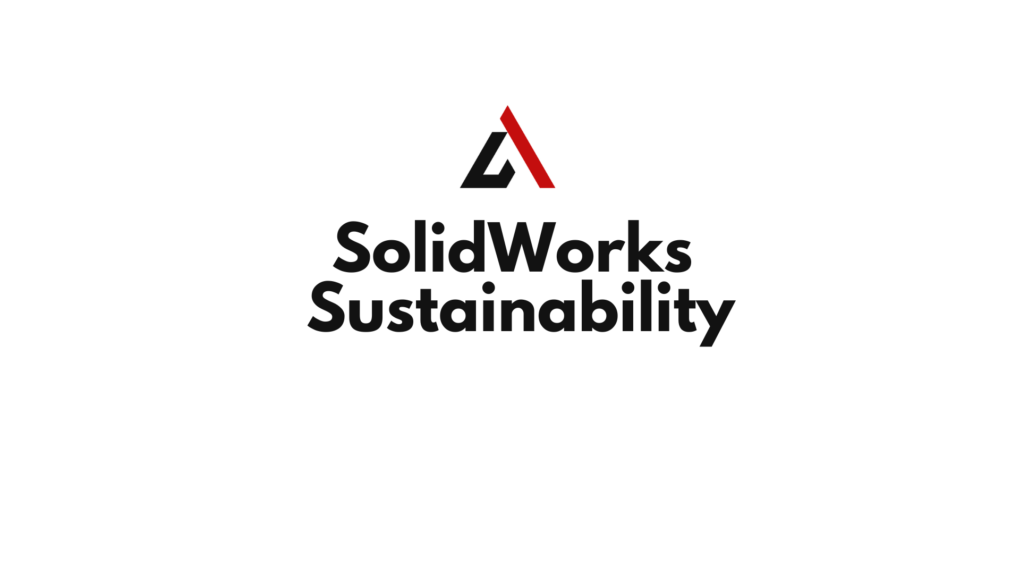In today’s eco-conscious world, sustainability isn’t just a buzzword—it’s a business imperative. As regulations tighten and consumers demand greener products, engineers and designers face increasing pressure to reduce environmental impact. Fortunately, modern tools like SolidWorks Sustainability allow teams to evaluate and optimize product designs for environmental performance right from the CAD environment.
SolidWorks Sustainability helps answer critical questions:
- What is the carbon footprint of this product?
- Can I reduce energy consumption in manufacturing?
- What material choice will minimize environmental damage?
- How do transportation and sourcing impact the design?
This article explores how SolidWorks Sustainability works, how to use it effectively, and how it helps organizations embrace design-for-environment (DfE) principles without compromising product performance or cost.
Table of Contents
What is SolidWorks Sustainability?
SolidWorks Sustainability is a design analysis tool that allows engineers to assess the environmental impact of products during the design phase. By analyzing materials, manufacturing processes, and logistics, the software generates real-time data about:

- Carbon footprint (CO₂ emissions)
- Energy consumption
- Air acidification
- Water eutrophication
The tool is fully integrated into SolidWorks, so you can run sustainability assessments on parts or assemblies without leaving the design interface.
Why Sustainability Matters in Product Design
Environmental regulations such as the EU Ecodesign Directive, RoHS, and REACH are driving manufacturers to adopt cleaner design strategies. Beyond compliance, sustainable design:
✅ Reduces environmental harm
✅ Improves brand image
✅ Reduces costs through material efficiency
✅ Future-proofs products for global markets
✅ Satisfies growing consumer expectations
Designing with sustainability in mind allows companies to take action at the earliest and most cost-effective point in a product’s life cycle—the design stage.
Core Features of SolidWorks Sustainability
1. Life Cycle Assessment (LCA)
SolidWorks Sustainability performs LCA-based analysis using GaBi environmental databases from thinkstep (now part of Sphera).
It evaluates the entire life cycle of a product, including:
- Raw material extraction
- Manufacturing
- Transport
- Product use
- End-of-life disposal or recycling
This helps engineers understand which design decisions contribute the most to environmental impact.
2. Environmental Impact Dashboard
After an analysis, the software provides a dashboard with results for:
- Carbon footprint (CO₂ equivalent emissions)
- Total energy consumed (MJ)
- Air acidification (SO₂ equivalents)
- Water eutrophication (phosphate equivalents)
Results are color-coded for quick interpretation and comparisons.
3. Material and Manufacturing Selection
SolidWorks Sustainability includes a material database with real-world environmental impact data for:
- Plastics (ABS, Nylon, PVC, etc.)
- Metals (Aluminum, Steel, Titanium, etc.)
- Composites
- Wood and renewable materials
You can also define:
- Manufacturing region (e.g., Asia, North America, Europe)
- Transportation mode (truck, rail, ship)
- Usage scenario (single-use, reusable, heavy-duty)
These parameters directly affect environmental outputs.
4. Comparative Design Scenarios
Engineers can test multiple designs or material choices side-by-side to see which is more sustainable.
Example:
- Aluminum vs. stainless steel
- Injection molding vs. die casting
- Local sourcing vs. overseas production
The software visually highlights which scenario has a lower environmental impact, helping designers make data-driven decisions.
5. Integration with Design Process
Since the tool works inside SolidWorks:
- You get real-time feedback
- No need to export files or use third-party apps
- Changes to geometry or materials automatically update the sustainability analysis
It supports design iteration without disrupting workflow.
How to Use SolidWorks Sustainability in 7 Steps
Step 1: Activate Sustainability Add-In
Go to Tools > Add-Ins and enable SolidWorks Sustainability.
Step 2: Open a Part or Assembly
Sustainability works best on complete parts or assemblies with assigned materials and mass properties.
Step 3: Launch the Sustainability Tool
From the CommandManager, click the Sustainability tab, then choose “Assess Sustainability”.
Step 4: Set Material and Manufacturing Details
Select:
- Material type (from database or custom)
- Manufacturing region
- Process type (e.g., casting, machining)
- Transportation method and distance
- Expected product life and usage frequency
Step 5: Run the Life Cycle Assessment
Click Run to see environmental impact results.
Step 6: Compare Design Alternatives
Switch out materials or processes and run the assessment again. Use the Comparison Tool to evaluate environmental improvements or trade-offs.
Step 7: Generate Reports
Create PDF or Excel-based sustainability reports for team reviews, stakeholder communication, or compliance documentation.
Case Study: Sustainable Redesign of an Automotive Bracket
A manufacturer wanted to optimize a stamped steel automotive bracket.
Original Design:
- Material: Steel
- Manufacturing: China
- Transport: Ocean freight
- Use: 10 years, high-load
Redesigned Using SolidWorks Sustainability:
- Material: Recycled aluminum
- Manufacturing: Local (USA)
- Transport: Truck
- Weight reduction: 22%
- Carbon footprint reduction: 31%
- Total energy savings: 44 MJ per part
The redesign saved both environmental and financial resources, meeting green targets without compromising strength.
Benefits of Using SolidWorks Sustainability
✅ Identify eco-impact early in the design phase
✅ Reduce environmental compliance risks
✅ Support company-wide sustainability initiatives
✅ Build greener products without guesswork
✅ Achieve cost savings through smarter material use
Challenges and Limitations
While powerful, SolidWorks Sustainability is not without its boundaries:
❌ Works best with fully defined models
❌ Requires accurate material and process data
❌ LCA is region-sensitive (defaults may not reflect custom supply chains)
❌ Ideal for comparative insights, not for certification-level analysis
For regulatory-grade sustainability audits, external LCA consultants or software like GaBi may be needed.
Sustainability Beyond Design – The Bigger Picture
Product Lifecycle Thinking
SolidWorks Sustainability fosters design thinking that extends beyond the CAD model:
- Can components be disassembled for recycling?
- Are adhesives preventing recyclability?
- Is packaging sustainable?
- Will the product be repairable or disposable?
By asking these questions during design, engineers build products that align with circular economy principles.
Collaborating with Green Teams
SolidWorks Sustainability can support collaboration between:
- Mechanical designers
- Sustainability officers
- Supply chain managers
- Environmental compliance teams
This ensures environmental goals are embedded into engineering decisions, not imposed afterward.
Sustainable Design = Competitive Advantage
Companies using sustainable design tools enjoy benefits like:
- Reduced time-to-market for green products
- Competitive differentiation in eco-conscious markets
- Better public image and marketing value
- Lower long-term costs through material and energy savings
FAQs
Is SolidWorks Sustainability available in all SolidWorks versions?
It’s included in SolidWorks Premium, SolidWorks Professional, and SolidWorks Education Edition. Not available in Standard.
Can I assess entire assemblies or just parts?
Both. Assembly assessments include cumulative impacts and let you see the contribution of each component.
Does it support custom materials or regions?
Yes. You can define custom material properties and regional settings to suit your supply chain.
Is it ISO-compliant?
It uses GaBi databases, which follow ISO 14040/14044 guidelines. However, for full ISO compliance, third-party audits may be required.
Can I export the results?
Yes—generate detailed sustainability reports in multiple formats for documentation or client use.
Conclusion: Build Products that Matter—Responsibly
SolidWorks Sustainability empowers engineers to design with conscience, not just convenience. With built-in life cycle analysis, environmental dashboards, and real-time comparisons, teams can explore greener choices at every design decision.
In a world where sustainability is no longer optional, tools like SolidWorks Sustainability aren’t just helpful—they’re essential. Build better, cleaner, and smarter products starting today.

